An ACL tear in dogs can really throw a wrench in their active lifestyle. Whether it's from a sudden injury or the result of overuse, this common knee injury can cause major discomfort for your pup.
Knowing how to spot the signs and get the right treatment is key to helping your furry buddy bounce back quickly. Keep reading to learn everything you need to know about ACL tears in canines: what causes them, how to treat them, and how to help your dog recover.
What Is an ACL Tear in Dogs?

An ACL tear happens when the knee's anterior cruciate ligament (ACL) gets torn or ruptured. This ligament plays a crucial role in stabilizing the knee joint. When damaged, your dog's ability to move comfortably gets compromised.
A torn ACL is painful and can seriously impact your pet's mobility, making them hesitant to walk, run, or play. It's one of the most common knee injuries in dogs, especially those with active lifestyles or certain breed tendencies.
The Role of the ACL in Canine Mobility
The ACL helps stabilize your dog's knee joint by connecting the thigh bone (femur) to the shin bone (tibia). Without a fully functioning ACL, the knee can move abnormally, leading to pain and difficulty walking.
When the ACL is intact, it ensures smooth, controlled leg motion. This allows your canine friend to run, jump, and play with ease. A torn ACL disrupts this stability, often leading to a limp or complete immobility in the affected leg.
How ACL Tears Occur in Dogs
A torn ACL in dogs typically happens due to sudden trauma, repetitive stress, or degenerative changes in the ligament over time. Active dogs, especially those that enjoy running, jumping, or quick direction changes, are more prone to these injuries.
The force from a fall or abrupt movements can lead to a ruptured ligament. In some cases, an ACL tear can also develop gradually. This is particularly true in older pets, obese dogs, and those with a history of joint issues.
ACL Injury in Dogs: Causes and Risk Factors

Certain causes and risk factors can increase the likelihood of your dog suffering from an ACL injury. They include:
-
Obesity. Extra weight puts more stress on the knees, making ACL injuries more likely.
-
Genetics. Some dog breeds, especially larger ones, are more prone to ACL tears.
-
Age. Older dogs may experience weakened ligaments, increasing their injury risk.
-
Trauma. A sudden fall, twist, or impact can cause a torn ACL.
-
Overexertion. Excessive exercise or activities like jumping can strain the ACL, leading to tears.
Breeds Prone to ACL Injuries
Certain dog breeds are more likely to experience ACL injuries due to their size, structure, and activity level. They include:
-
Labrador Retrievers. These active dogs often suffer from ACL tears due to their love for running and jumping.
-
German Shepherds. Known for their strength and agility, they are more vulnerable to ligament tears.
-
Rottweilers. Larger, heavy-set dogs are at higher risk due to excess weight on their knees.
Activities That Increase the Risk of Injury
Certain activities can significantly increase the chances of an ACL tear in our canine friends. Here are some of them:
-
Jumping and Landing. High-impact movements, like jumping off furniture or running full speed, can overload the ACL.
-
Twisting or Sudden Movements. Sharp turns and quick direction changes, common in dog sports, strain the knee joint.
-
Excessive Running. Long periods of running, especially on hard surfaces, can increase the risk of overuse injuries.
Dog ACL Injury Symptoms To Watch For
Noticing ACL injury symptoms early can help your dog get the care they need. Here are some key symptoms to look out for:
-
Limping, Difficulty Walking, or Favoring One Leg. Your dog may begin limping or avoiding putting weight on the injured leg.
-
Swelling and Tenderness in the Knee Area. Look for noticeable puffiness or tenderness around the knee joint.
-
Stiffness (Especially After Rest). Your dog may appear stiff or have trouble moving after resting.
-
Clicking or Popping Sounds From the Knee. A torn ACL can cause a distinct clicking sound when the knee moves.
-
Pain or Sensitivity When Touching Knee Area. Your dog may react when you touch or apply pressure to the knee.
-
Reluctance To Jump, Run, or Climb Stairs. If your dog is avoiding activities they normally enjoy, it's a red flag.
-
Sitting With the Injured Leg Extended Outward. This position helps relieve pressure on the affected knee.
Related Post: Pulled Muscle in Dogs: Identification + Helpful Tips
Diagnosing ACL Tears in Dogs

Diagnosing an ACL tear in canine pets requires a thorough examination by a veterinarian. The diagnosis typically involves a combination of physical tests and imaging to confirm the injury and its severity.
If you suspect your dog has a torn ACL, seek professional help immediately. Proper diagnosis will help determine the most effective treatment plan.
Veterinary Exams and Imaging Techniques
When diagnosing an ACL injury, a veterinarian will start with a physical exam. They will check for signs of discomfort or instability in the knee joint. They may perform special tests, like the tibial thrust test. This test helps identify any abnormal motion in the knee that indicates a torn ligament.
Imaging techniques like X-rays or an MRI allow the vet to see the knee joint in more detail. These images help determine the severity of the injury and rule out other possible conditions. Think fractures or joint infections that can mimic the symptoms of a torn ACL.
How To Confirm the Severity of the Injury
After performing physical exams and imaging, your vet will check the damage to the ligament and surrounding structures. This will help decide whether surgical intervention or a non-surgical approach is the right option.
For a complete tear, surgery can help restore full function of the knee. If the tear is partial or the dog is older or less active, non-surgical treatments, such as physical therapy or joint supplements, may work.
Potential Treatment Options for ACL Tears in Dogs
Treating a torn ACL in dogs depends on the severity of the injury. There are two main options: non-surgical treatments for less severe cases and surgical solutions for more serious tears. Discussing both options with your vet is important to figure out what works best for your dog.
Non-Surgical Management Techniques
Non-surgical techniques can be effective for dogs with mild tears or those who may not be good candidates for surgery. Rest and limiting activity help the ligament to heal. Physical therapy can help strengthen the muscles around the knee.
Joint supplements and pain medications can also be part of a non-surgical plan. These options are typically recommended for dogs who are older, have less mobility, or have health issues that make surgery a higher risk.
Surgical Solutions for Severe Cases
Surgery helps dogs with severe ACL injuries or those that don't respond to non-surgical treatments. Possible surgical procedures include tibial plateau leveling osteotomy (TPLO) or tibial tuberosity advancement (TTA). These help stabilize the knee by altering the angle of the bones, allowing the leg to function without the torn ACL.
These surgeries aim to restore normal motion and prevent further damage. While surgery comes with risks, it's often the best option for younger dogs who need to regain the full function of their knee for regular activities. Post-surgery rehabilitation is crucial for a full recovery.
Care and Comfort Tips for ACL Injury in Dogs

Caring for a dog with an ACL injury involves comfort and support. Keep these tips in mind:
-
Limit Activity. Keep your dog's exercise minimal to prevent further strain on the knee.
-
Supportive Bedding. Use soft, supportive bedding to reduce pressure on the injured leg.
-
Mobility Aids. Consider using a dog wheelchair or ramp to help your dog get around with less effort.
Providing Supportive Bedding and Mobility Aids
Choose soft, firm bedding that helps keep the joints cushioned and free from pressure. This will make resting more comfortable and aid in healing.
If your dog struggles with movement, mobility aids like ramps or pet strollers can make a big difference. These tools help them navigate without putting too much stress on their injured leg.
The Benefits of Supplements in Recovery
Joint supplements containing ingredients like glucosamine and chondroitin can help improve joint health and reduce swelling. These supplements support the healing process and help maintain mobility while your dog recovers.
Holistapet offers Joint Support Soft Chews for Dogs designed to support joint health and recovery. These beneficial treats promote healthier joints and can complement other treatments, supporting your pup as they heal.
Can Natural Remedies Help Dogs Recover From ACL Tears?
While they might not replace professional veterinary care, certain holistic treatments may support recovery and manage discomfort. Using natural remedies alongside traditional treatments can make a big difference in how your furry buddy feels during their recovery process.
Incorporating gentle therapies like warm compresses, massages, and certain supplements can help promote better blood flow and reduce muscle tension around the injured knee. These remedies can offer comfort and aid in faster healing.
HolistaPet's CBD Products for Calmness and Discomfort Relief
CBD (cannabidiol) dog products can be a great way to help your pup manage discomfort and stay calm during their recovery. CBD can potentially help reduce discomfort, soothe sore muscles, and promote overall relaxation.
HolistaPet offers a range of CBD products that support dogs' mobility and well-being. Consider our CBD Mobility Chews,CBD Dog Treats + Joint and Mobility Care, Broad-Spectrum CBD Oil for Dogs, and CBD Capsules for Dogs. These CBD options provide natural support for your pup's joints and can be a helpful addition to their recovery routine.
Preventing Future ACL Injuries in Dogs
Preventing future ACL injuries in dogs involves a combination of lifestyle changes and proactive care. Here's what you can do:
-
Maintaining a Healthy Weight. Keeping your dog at an ideal weight reduces stress on their knees and lowers the risk of ACL injuries.
-
Strengthening Muscles Through Exercise. Regular, gentle exercise helps strengthen the muscles surrounding the knee, providing better support for the joint and reducing the risk of strain.
Frequently Asked Questions About ACL Tears in Dogs
You probably have many questions about your dog's recovery and future care. Knowing what to expect can help ease your concerns and guide you through the healing process. Below, we'll answer a couple of frequently asked questions to give you more clarity.
How Long Does It Take for a Dog To Recover?
The recovery time varies depending on the severity of the injury and the treatment method. For non-surgical treatments, recovery can take anywhere from 6 to 12 weeks, depending on your dog's response to rest and rehabilitation. If surgery happens, it may take several months for your pet to fully heal and regain normal movement.
Can ACL Tears Heal Without Surgery?
Yes, ACL tears can heal without surgery, especially if the tear is partial or the dog is older or less active. Non-surgical treatments can be effective in managing the injury. These options help reduce strain on the knee and promote healing over time.
However, for complete tears or highly active dogs, surgery may still be necessary to restore full knee function. It's essential to consult your vet to determine the best treatment plan for your canine friend's specific injury and lifestyle.



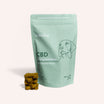


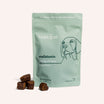
![Probiotics For Dogs [Soft Chews] - HolistaPet](http://www.holistapet.com/cdn/shop/files/Probiotic-Infographic-1_472d7a29-e30c-435a-9638-1365d8c3a9f9.jpg?v=1725384841&width=104)
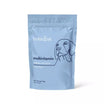



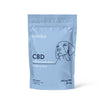
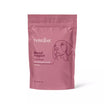
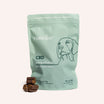
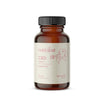
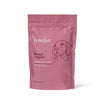
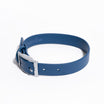

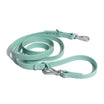


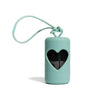



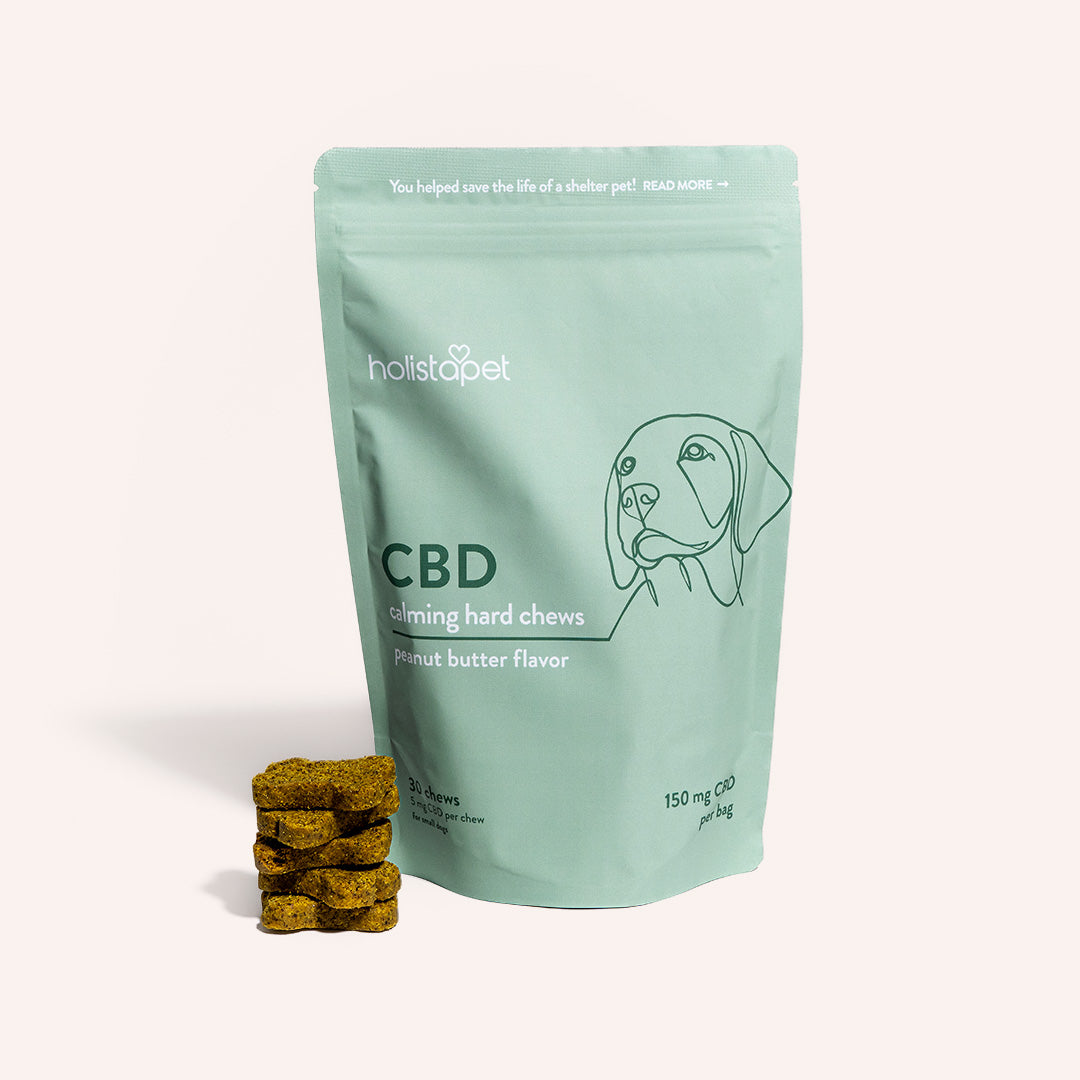
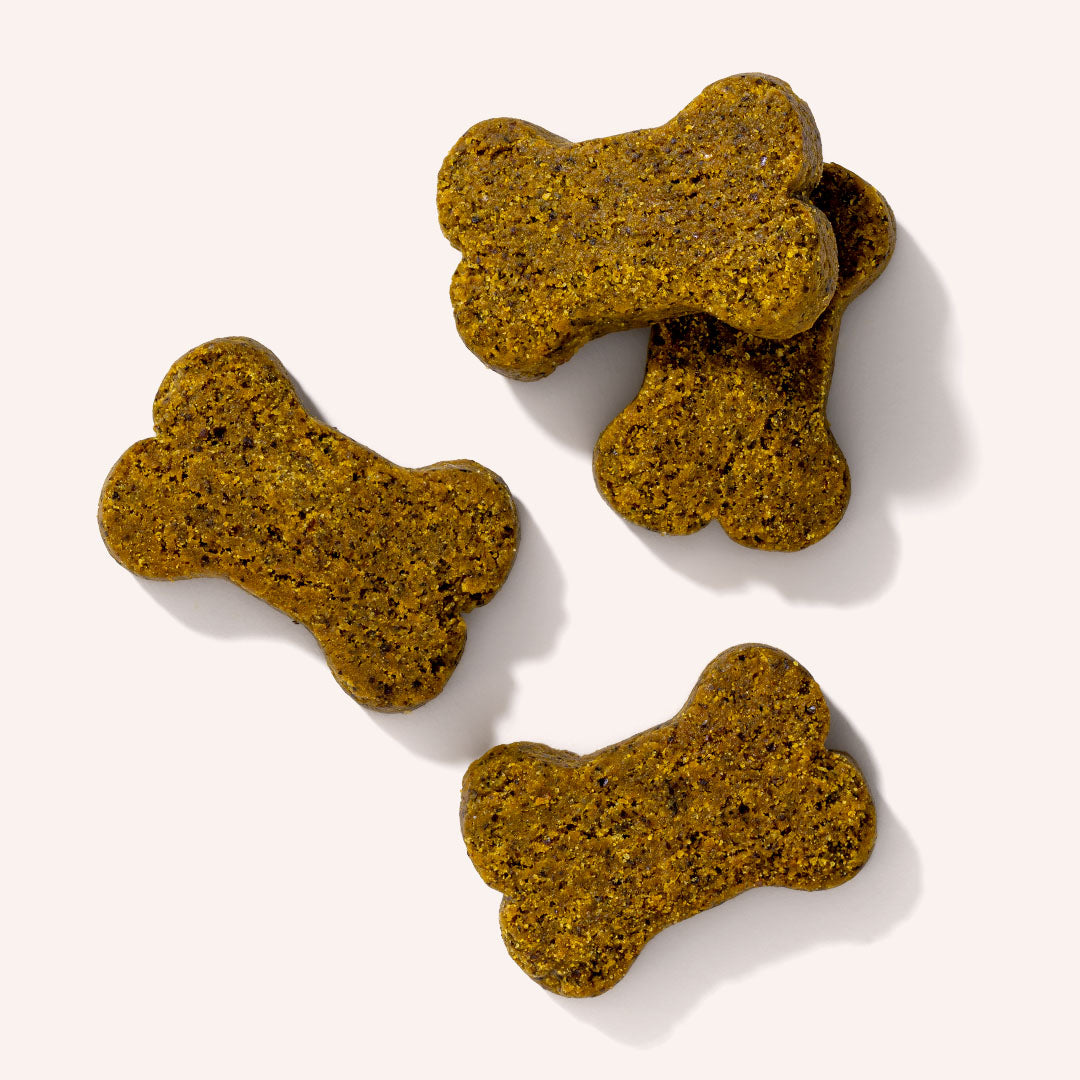
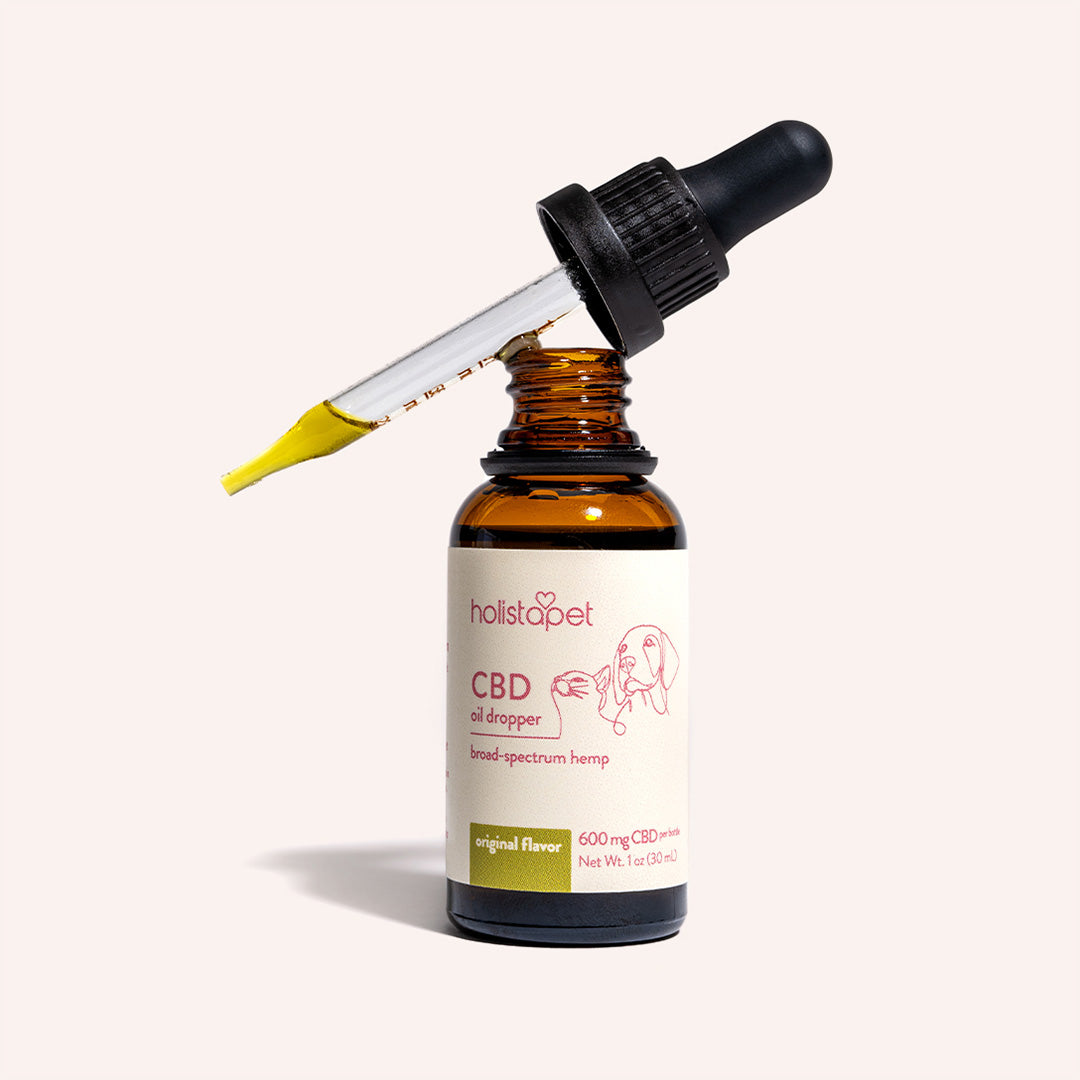
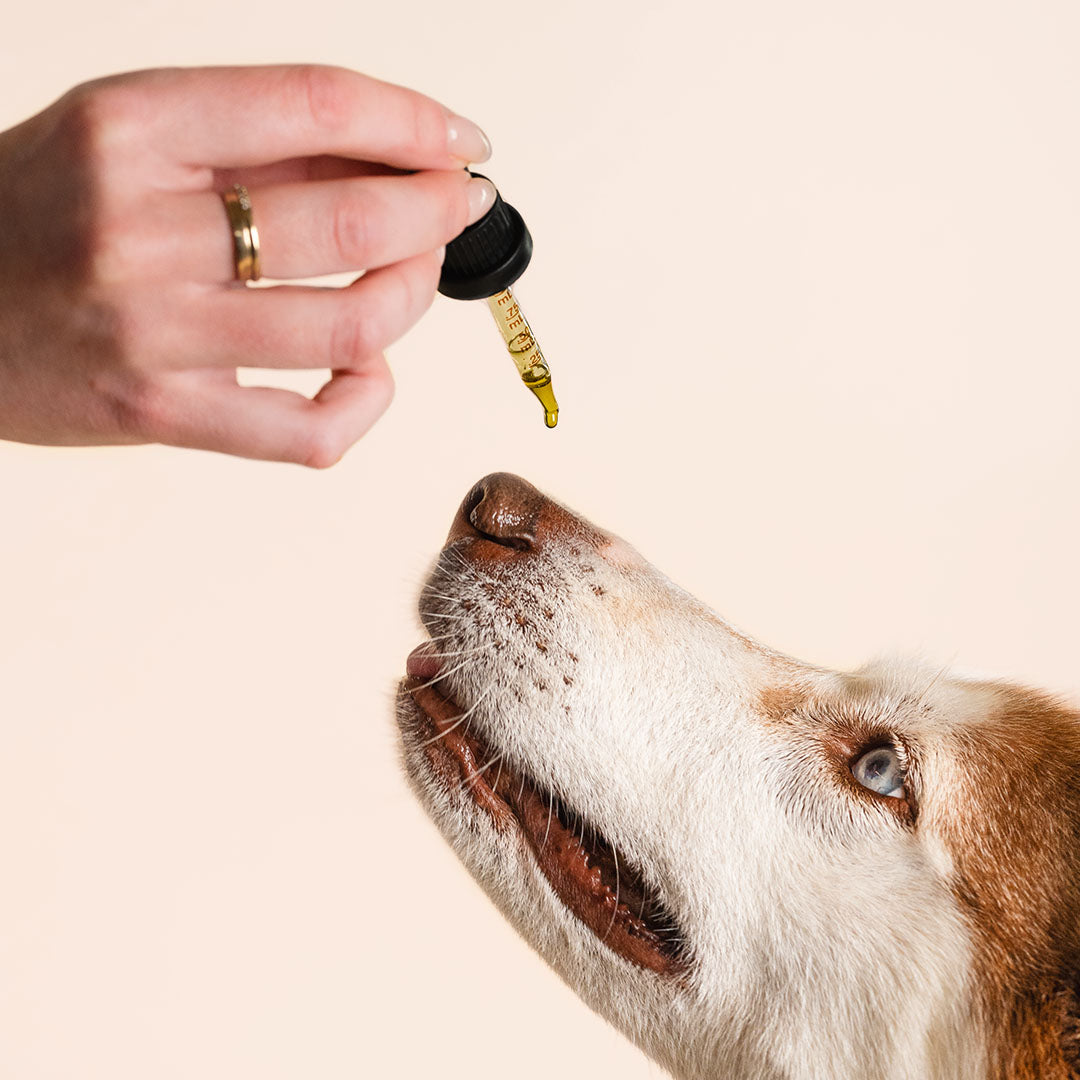


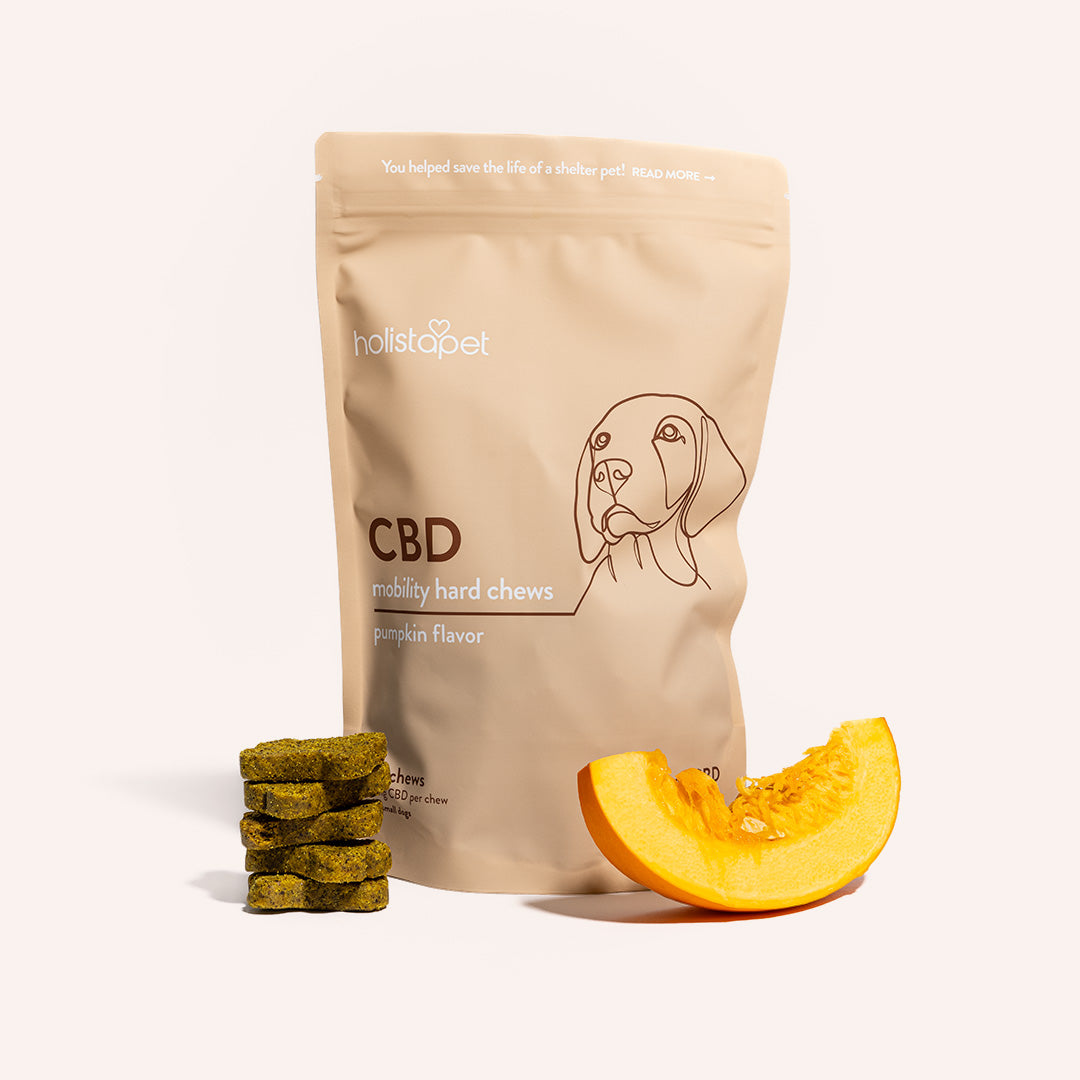
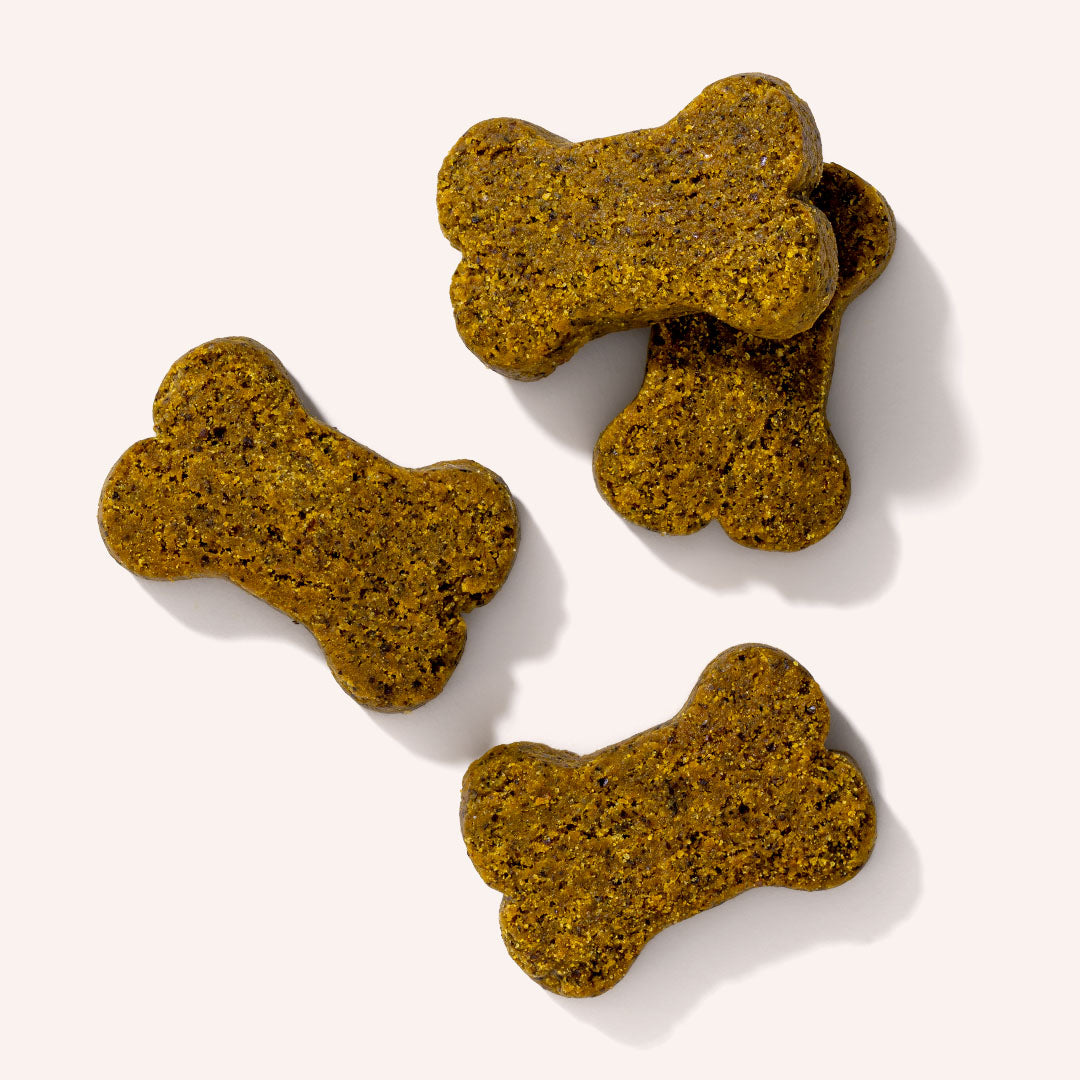

Leave a comment
All comments are moderated before being published.
This site is protected by hCaptcha and the hCaptcha Privacy Policy and Terms of Service apply.